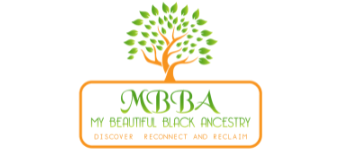During the 1700’s, the Europeans brought Africans to the Americas as slaves, and it is believed that this particular group of Africans were from Ghana.These people are currently known as the Afro-Guatemalans and number over 6,000 Black folks, also known as Garífuna, because they speak an arawakan language known as Garifuna. Many of the enslaved Africans were brought to Guatemala to work on cotton, sugar cane, tobacco, and coffee plantations.

Slave importation did not last a long time as the conquistadors became very nervous due to the uprising of the Blacks they captured. Slavery became less important to the conquistadors and was abolished in 1823. The language these African descendants speak is called Garifuna, a mixture of French, indigenous languages, Creole, Bambu, and Patua.
According to TravelNoire, The Afro-Guatemalan population is not a large one today. Although specific numbers are difficult to determine; it is reported that Afro-Guatemalans comprise just 1-2% of the nation’s people.
Facts about Afro-Guatemalans
- In 1795, the enslaved slaves, led by Marcos Sanchez Díaz; revolted on the island of St. Vincent and fled to the island of Rotan in Honduras.
- The national folk instrument, the marimba, has its origins in Africa and was brought to Guatemala and the rest of Central America by African slaves during colonial times; The melodies played on it show Indigenous, West African and European influences in both form and style.
- The Garífuna people and the Afro-Caribbean people organized ONEGUA, which stands for The Organization of Black Guatemalans; a community group that provides educational and cultural support for Black Guatemalans and receives no financial support from the Guatemalan government.
- Each November 26, Garífuna Settlement Day is held in Guatemala to commemorate the Garífuna people arriving on the shores of Central America.
- An important part of the festivities of the Afro-Guatamelans, is the historic reenactment of the actual arrival at the coast. The boats arrive at the shore carrying cassava, sugarcane, and plantain; foods which the Garífuna people bought along with them when they arrived.
- The Garifuna people are however found in larger numbers in Honduras, Belize, St.Vincent, the United States and Nicaragua.

